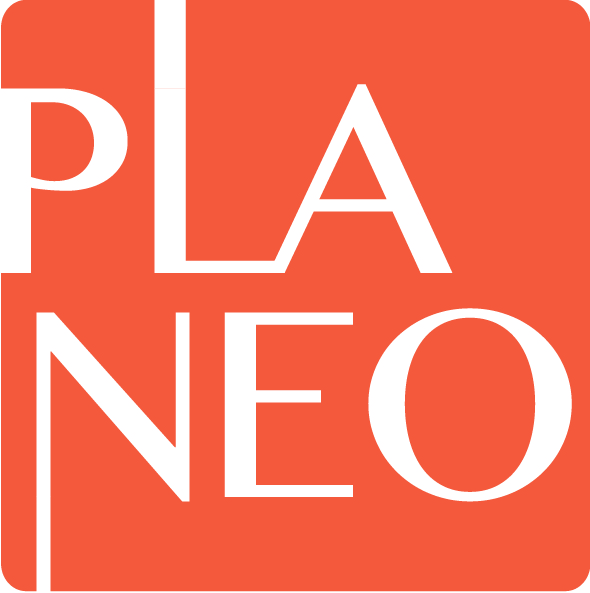El papel de las pandemias en la planificación urbana. El caso del cólera en Chile (1886-1888)
DOI:
https://doi.org/10.7764/plan.044.088Keywords:
cholera, hygienist urbanism, ChileAbstract
The world is currently affected by the COVID-19 virus pandemic, which has been seen as a city planning problem. In this regard, the analyst of the inter- section of urban design and public health, Michele Acuto (2020), points out that it is still early to learn the lessons of this new virus, but that the stories of cities have always been those of disease infectious. That ́s because today it is useful to study, with sufficient time distance, previous experiences that could help us project ourselves into the future with lessons learned and challenges to be achieved. This article is a reflection on the historical relationship between urban planning and diseases, by studying the case of Santiago de Chile in the context of the first cholera pandemic occurred between 1886 and 1888. It is proposed that cholera transformed the way of planning the city, which is reflected in the emergence of “hygienist urban planning”.
Downloads


